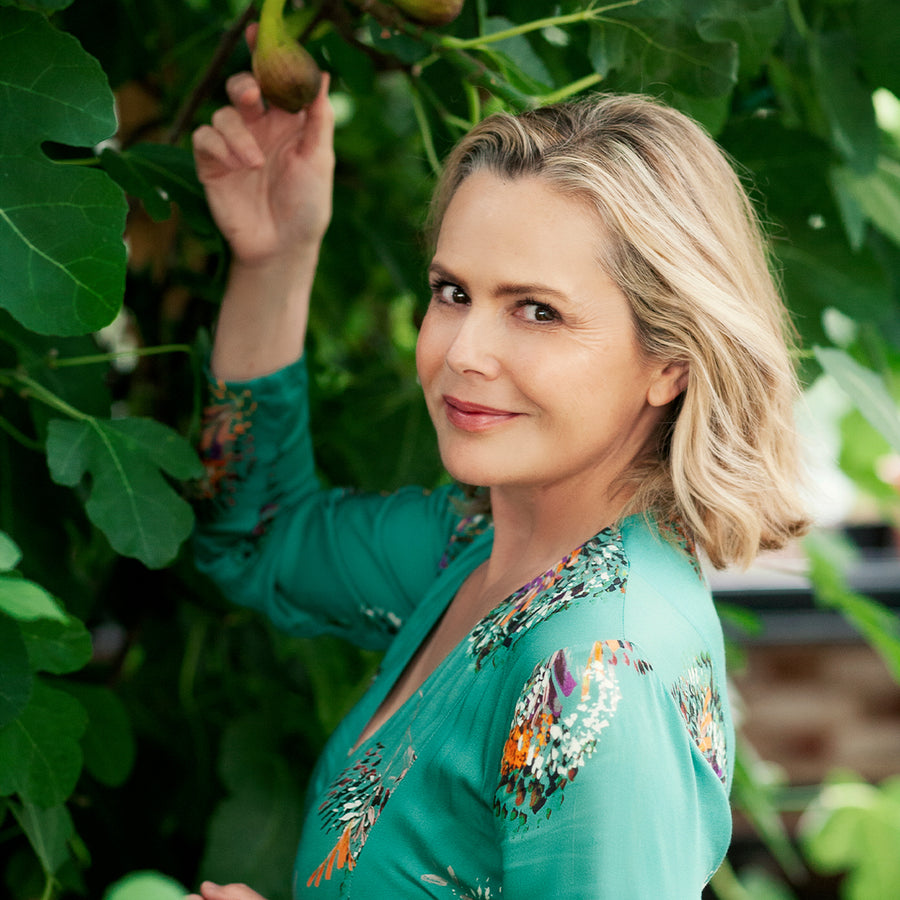Season of Mists: Marking the Autumnal Equinox
From Keats’ “mists and mellow fruitfulness” to A. E. Housman’s “russet floors”, autumn is a season that has long captured the poetic imagination. And no wonder: the low sunsets, burnt orange leaves, earthy scents and glut of seasonal fruits and vegetables more than make up for the shorter days and cooler nights.
Apples, plums and pears beg to be baked into crumbles with a healthy smothering of custard, while light summery greens and ripe tomatoes are swapped for pumpkin, squash, kale and celeriac.
While the calendar has autumn starting from 1st September, for many the season truly begins later in the month – on the Autumnal Equinox.
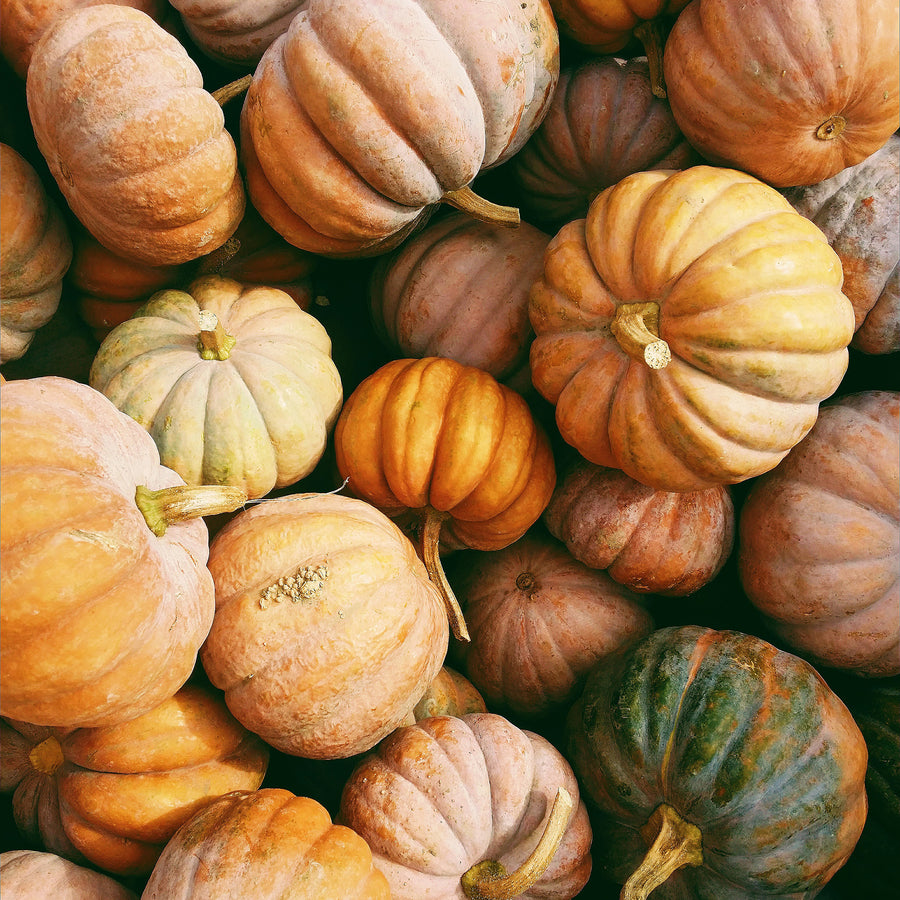
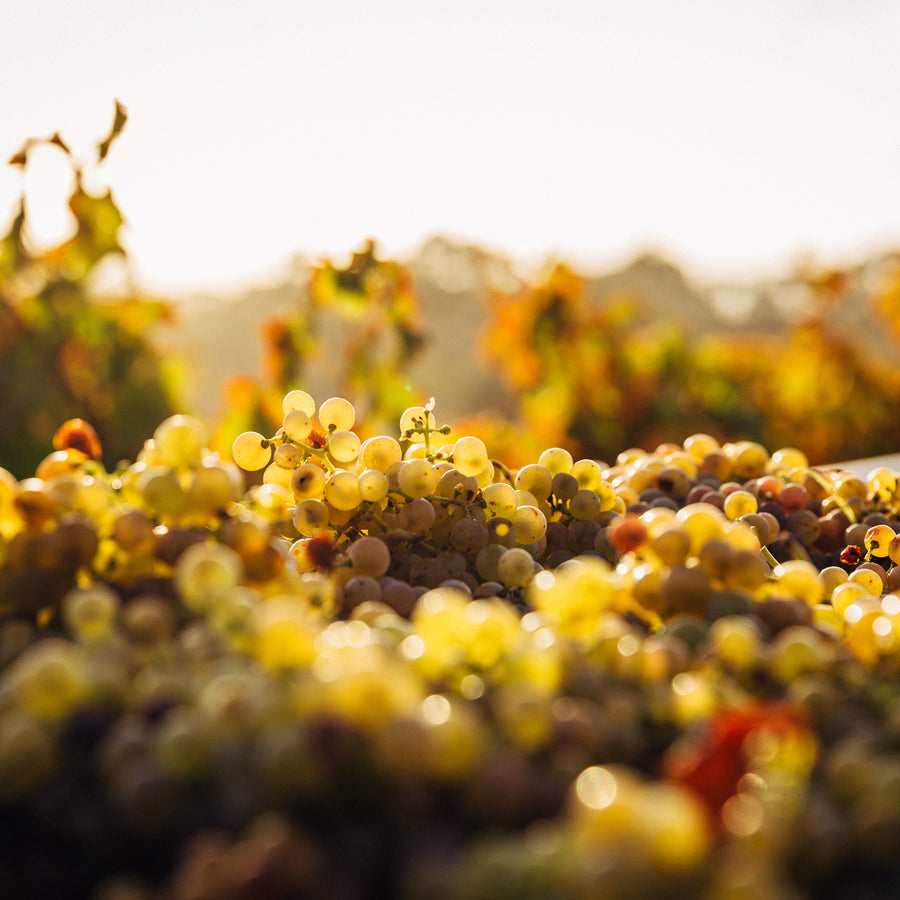
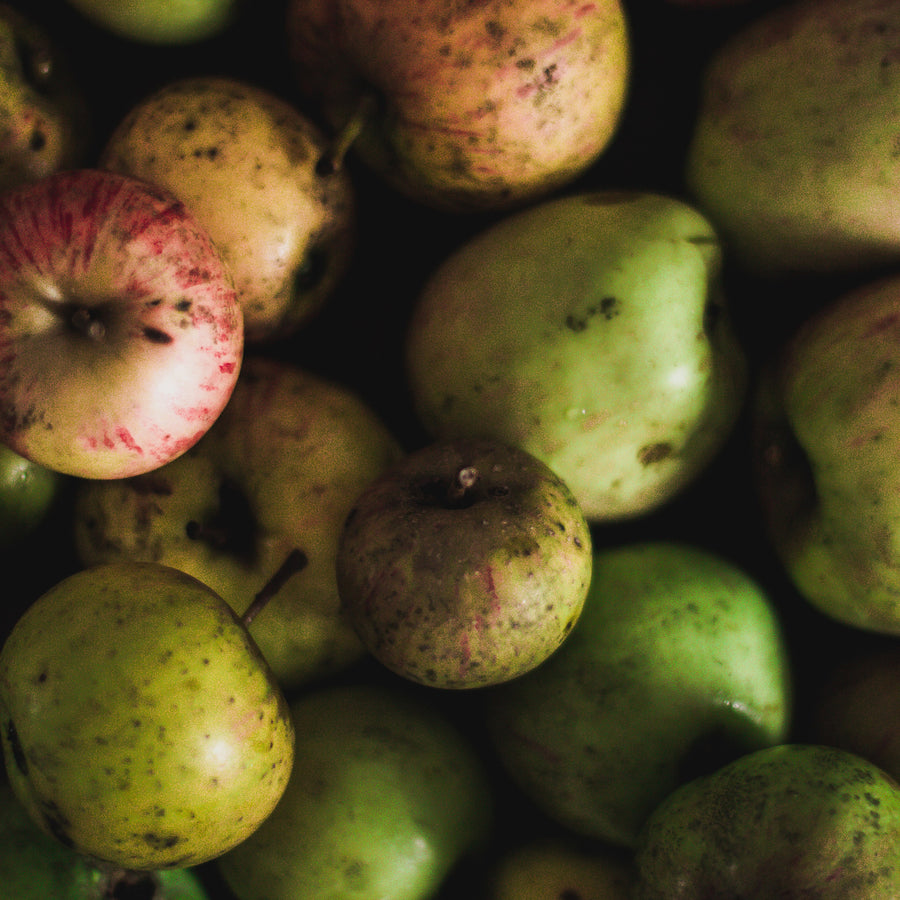
What is the Autumnal Equinox?
Falling on 22nd September, the Autumnal Equinox is one of the four transitional points of the year marking a seasonal shift. In the Northern Hemisphere, 22nd September marks the start of autumn, while in the Southern Hemisphere it marks the arrival of spring.
An equinox occurs at the moment the sun crosses the ‘celestial equator’ – an imaginary line extending from the Earth’s equator into space. At the Autumnal Equinox in the Northern Hemisphere, the sun crosses from north to south. After this point, days become shorter than nights, until the Winter Solstice.
In Pagan and Celtic culture, this time of year is known as Mabon, while the Druids call it Mea’n Fo’mhair, honouring the God of the Forest with offerings to the trees.
The Harvest Moon
The full moon that occurs closest to the Autumnal Equinox is called the Harvest Moon, a name that dates back to a pre-electricity era when farmers would rely on this full moon to provide enough light to allow them to harvest their crops before the frosts set in. As the Harvest Moon is always the full moon closest to the Autumnal Equinox it can take place in either September or October, depending on the lunar cycle.
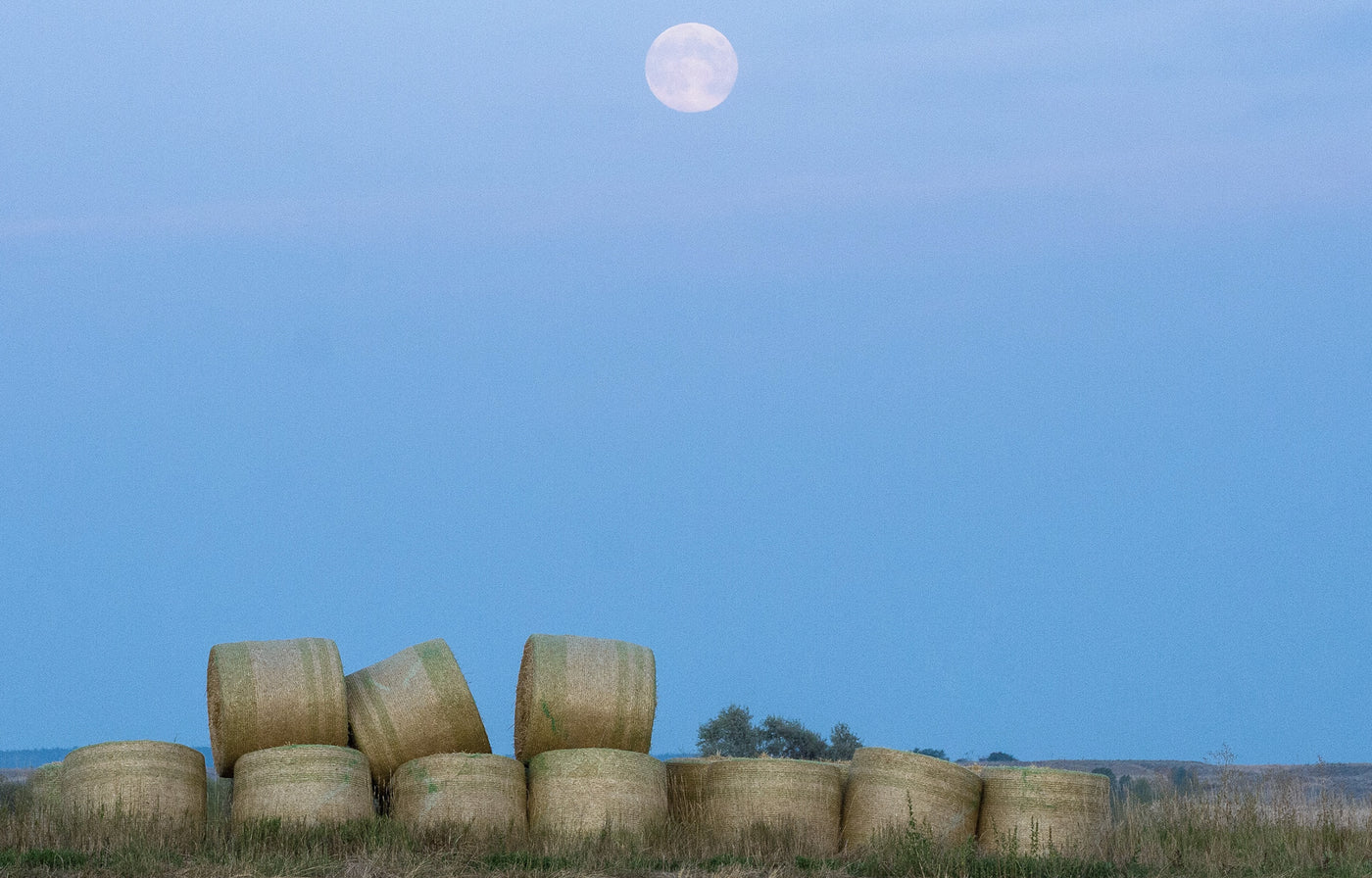
Autumnal Equinox Celebrations & Folklore
As with the solstices and spring equinox, there is plenty of folklore and traditional celebration associated with this time of year. Near True Grace HQ, Pagans and Druids gather at Stonehenge and Avebury to watch the sunrise above the stones, with similar scenes taking place at stone monuments across the world, from Machu Picchu in Peru to Chichen Itza in Mexico.
Across East and Southeast Asia people come together to celebrate the Moon Festival, lighting paper lanterns and eating mooncakes.
In Greece, this day is a celebration of Demeter, goddess of the Earth, agriculture, grain, and harvest, who bid farewell to her daughter Persephone as she left to return to the Underworld.
The season around the Autumnal Equinox is a popular time to celebrate wine-making and the ‘God of the Vine’ (whether Bacchus, Dionysus or The Green man) is a key figure in harvest festivities. Apples, too, play a central role, and it is a common tradition to pick apples and place them on the graves of loved ones as symbols of rebirth.
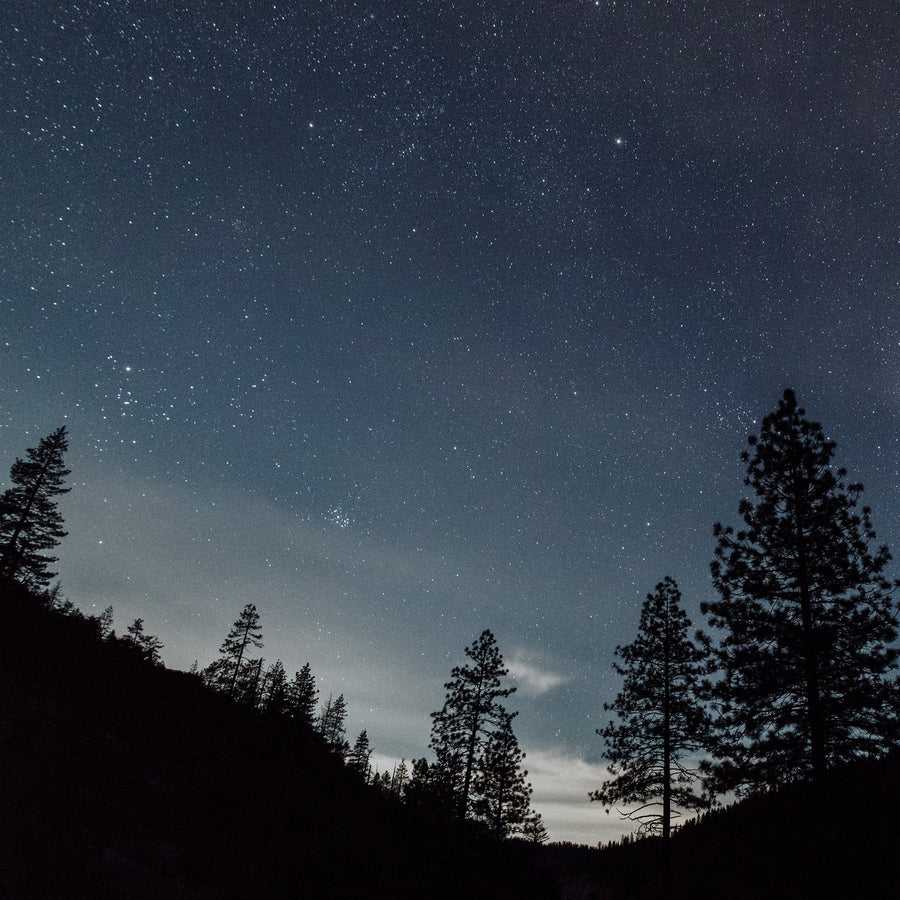
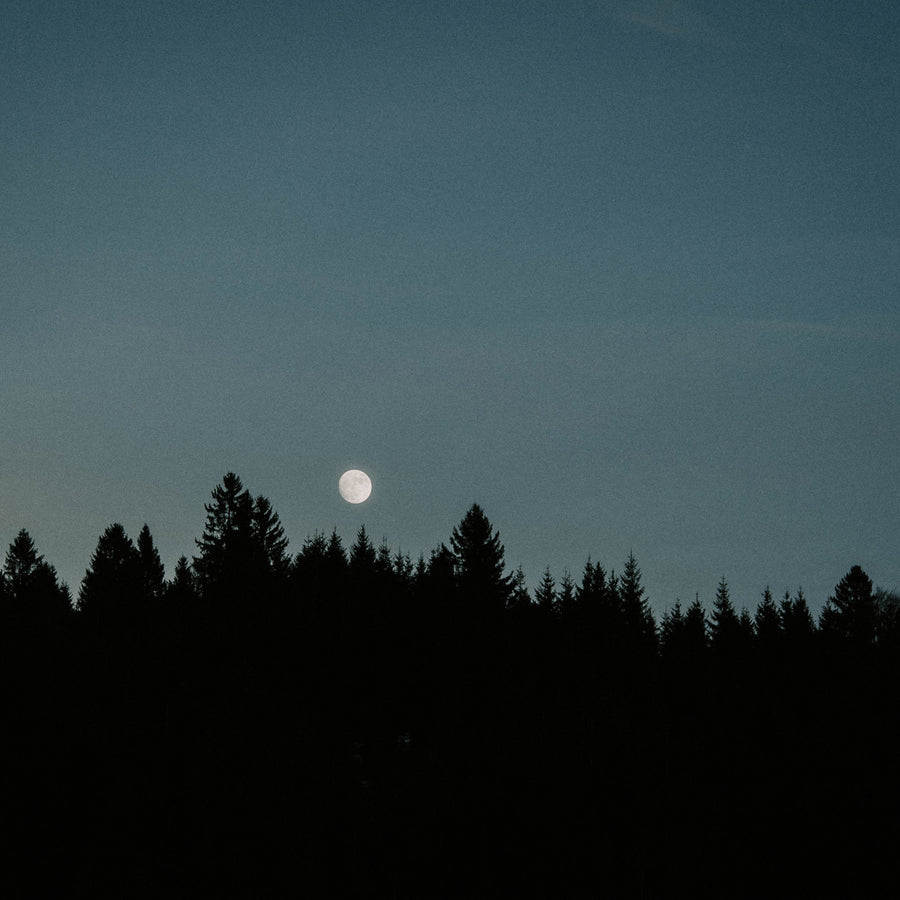
How to Celebrate the Autumnal Equinox
There are any number of ways to mark this time of year. Below are a few of our favourites:
~ Build your own harvest table with seasonal fruits and vegetables, preferably grown and/or harvested yourself. Why not go on an autumn walk and see what you can forage from the trees and hedgerows?
~ Visit a beloved relative and spend time remembering departed loved ones.
~ Pay a visit to Stonehenge and watch the sun rise or set behind the stones – a truly magical experience.
~ Invite friends and family to gather for a harvest dinner and invite everyone to bring a favourite dish, made with seasonal ingredients.
~ Find a cosy spot to spend some quiet time reflecting on your year so far. What have you grown in your own life this year? What abundance will you be able to enjoy over the coming months?





